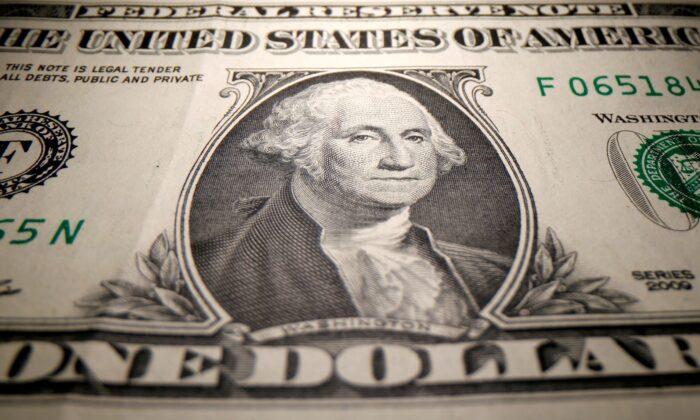Currently, inflation of the U.S. dollar is at its highest level since 1990. The Consumer Price Index (CPI), a measure of the average monthly change in the price for goods and services paid by urban consumers, increased 0.9 percent last month, more than doubling September’s 0.4 percent increase.
Overall, prices rose 6.2 percent from one year ago, representing the largest year-on-year increase in more than 30 years as inflation persists across sectors, according to the Bureau.
The cost of food also increased by 5.3 percent during the month of October, riding on the back of unprecedented supply chain issues.
Increases were seen in the cost of energy, shelter, food, used cars and trucks, and new vehicles, with gasoline prices increasing 6.1 percent from 1.2 percent in September.
These increased prices have been driven partly by an intentional effort by the Organization of Petroleum Exporting Countries to decrease their oil production. At the same time, the United States has cut its own oil production significantly in line with President Joe Biden’s promise to transition away from fossil fuels.
Used vehicle prices also shot up 2.5 percent this month from 0.7 percent in September, while new vehicle prices rose 1.4 percent from 1.3 percent in September.
“However, both those increases are likely to be temporary, and the forecasts that inflation overall will drop early-to-mid-next year still seems credible,” he added.
“Today’s report shows an increase over last month. Inflation hurts Americans pocketbooks [sic], and reversing this trend is a top priority for me,” Biden said in a statement. “The largest share of the increase in prices in this report is due to rising energy costs.”
The president said he directed his top economic aides to attempt to “further reduce these costs,” regarding energy prices. He also asked the Federal Trade Commission to deal with “market manipulation or price gouging in this sector.”
House Minority Leader Kevin McCarthy (R-Calif) took a swipe at the Biden administration and “corporate america” earlier this week for its role in “runaway inflation,” following reports that corporations are warming to the GOP after Republicans defeated the Democrats in the 2021 off-year elections, and may start giving campaign money to party lawmakers.
“If Corporate America thinks jumping on the bandwagon after Tuesday’s election and before the impending red wave will make conservatives forget the role they played in subjecting the U.S. to open borders and runaway inflation, they are sorely mistaken,” McCarthy wrote on Twitter.
The Federal Reserve and White House have long-maintained that inflation will abate as supply chain bottlenecks are fixed.





